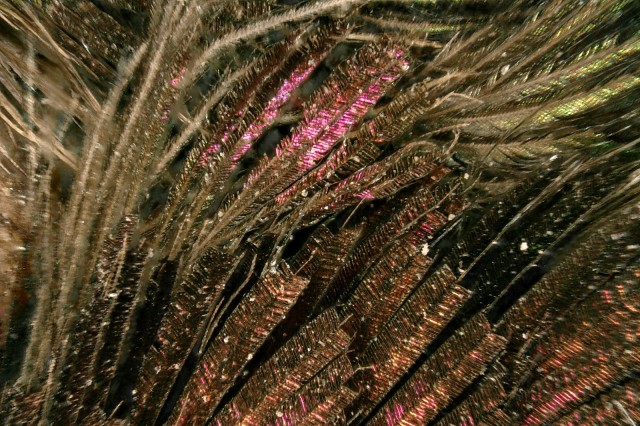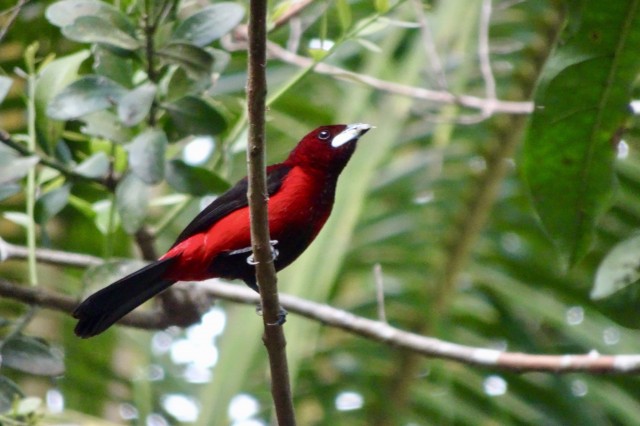How Bird Feathers Work
A brief look at the structure of feathers—and what they mean to birds
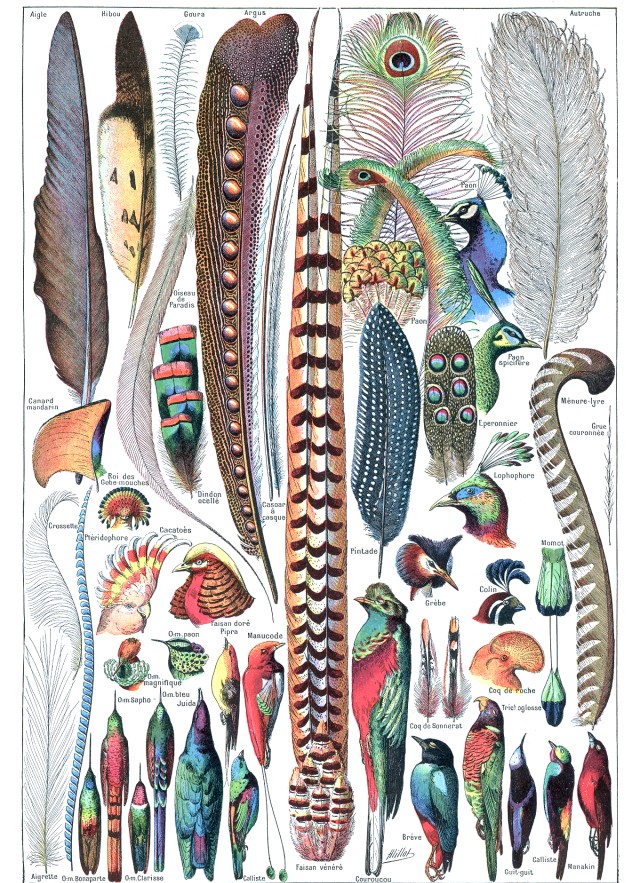
Throughout the history of life on Earth, only dinosaurs and birds (which are also dinosaurs) have grown feathers.
Much more so than our mammalian fur (or hair, if you’re trying to split fur), feathers are complex, each one an elegant structure crafted through millions of years of evolution. Because they decorate one of the most strikingly beautiful groups of animals on the planet, it’s easy to overlook both their incredible breadth of function and deceptively straightforward construction, but modern advances in research techniques from scientists like NHM’s Dr. Allison Shultz are revealing hidden functions of feathers.
“I can't really think of any single trait that’s so all-encompassing in terms of the life of an animal as feathers are,” says Dr. Shultz.
In a new study published in Science Advances, Dr. Shultz and her colleagues discovered that some famously colorful songbirds dramatically enhance their vibrant plumage with secret underlayers of white and black plumage—“hidden achromatic feathers”. This discovery highlights hidden evolutionary tricks behind colorful feathers still waiting to be uncovered through advanced research techniques and bird specimens roosting in museum collections.

Fun With Feathers
While their shapes can differ greatly—think of the goose down in your pillow versus the long tail or wing feather from a crow on the pavement—feathers are all made of the same essential stuff: beta-keratin, the same structural protein found on the skin of birds and reptiles (and pangolins?). When it comes to their structure, it’s a variation on a theme.

Structure
Picture a branch growing from the trunk of a tree. Smaller twigs grow from that central branch, and in turn, sprout leaves. This is also the essential structure of feathers. The trunk of the feather is called the rachis. The branches sprouting from that trunk/rachis are barbs, and the twigs that sprout from those larger branches are barbules. While those tiny barbules are invisible to the naked eye, they play a significant role in shaping how we see birds and their colors (more on that later).
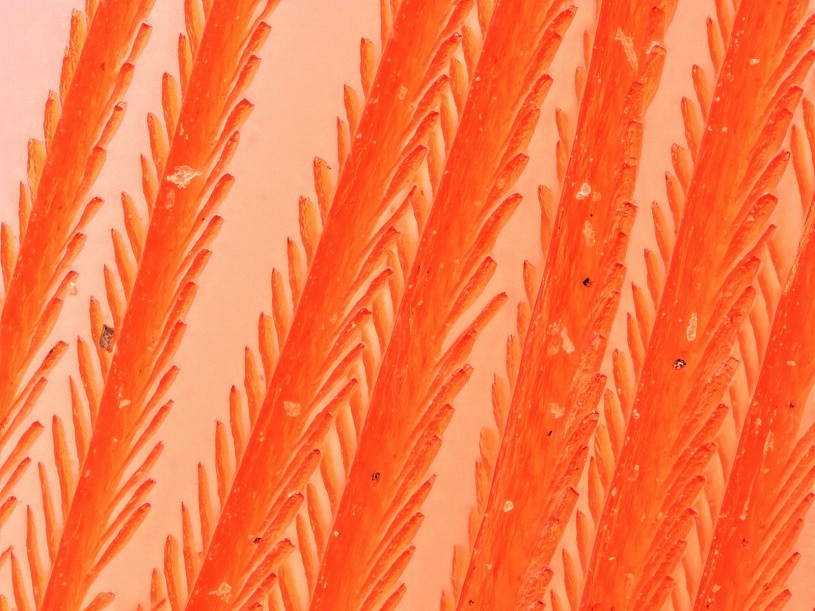
image by Allison Shultz
Plums or Pens?
Fluffy feathers, like that goose down, get their ruffled look from flexible barbs and longer barbules that keep birds warm by trapping air close to their bodies in a plumulaceous microstructure. That crow feather has interlocking barbules that make a barrier to keep wind and water out, resulting in a stiffer, flatter, more aerodynamic shape called pennaceous. Some feathers start with a fluffy plumulaceous base and stiffer pennaceous top, which bird scientists do not call a feather mullet.
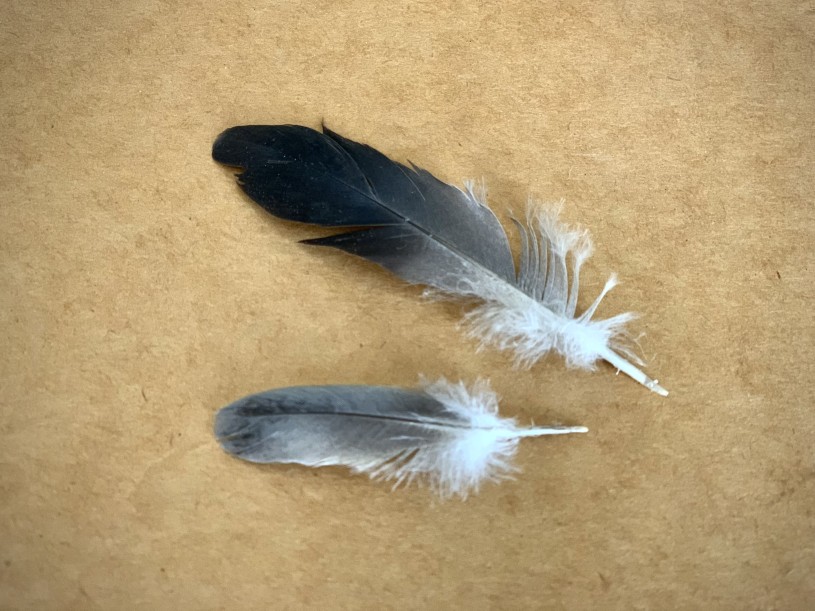
Seven Feathers, So Many Functions
There are roughly seven kinds of feathers that make up bird plumage. Each has been shaped by evolution to play a distinct role in how birds survive day-to-day. Wing feathers (remiges) help birds fly. They’re asymmetric, and tightly-knit barbules make them windproof. Most tail feathers (retrices) have a similar microstructure but are more symmetrical. They help birds steer in flight.
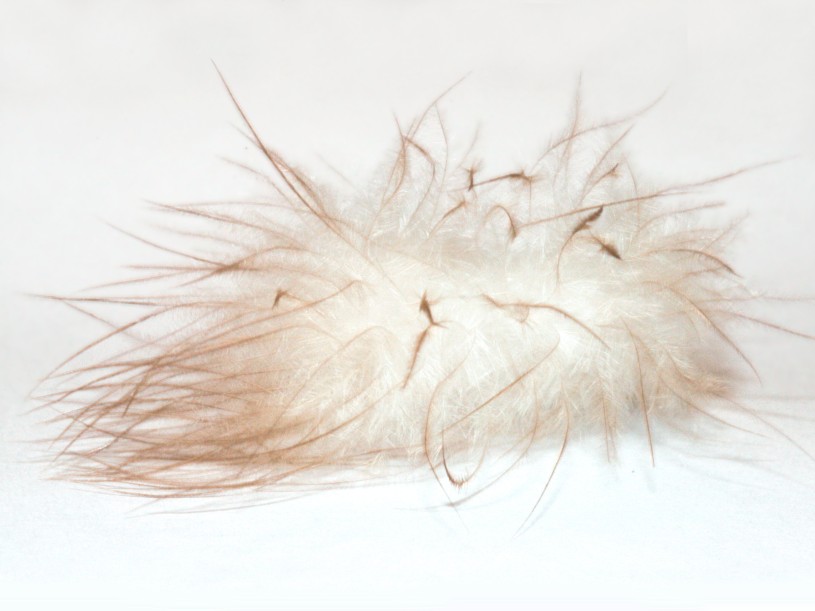
Contour feathers shape the silhouette of a bird, overlapping each other, and on the wing, covering the base of the flight feathers to streamline the wing (these contours are called coverts). Semiplumes are fluffy and mostly hidden underneath other feathers. Fluffier than semiplumes, down has even looser barbules, and longer barbs that help keep birds cozy.
Filoplumes are basically whiskers for birds. Bristles are the simplest feathers of all, and they’re mostly on bird heads, protecting their eyes and face.
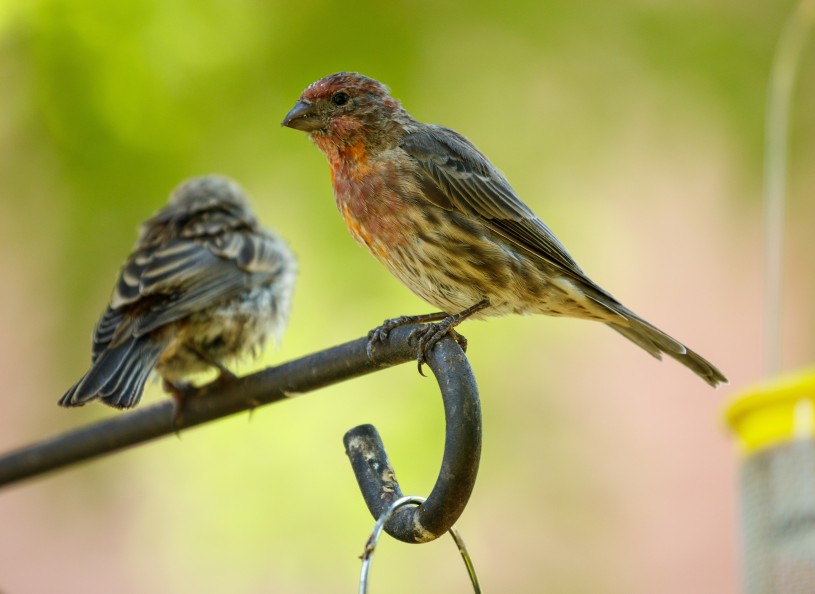
Feathers are a universal tool for birds, doing practically anything we can imagine a bird would need (think flight, insulation, and camouflage) as well as a number of unexpected functions. Specialized feathers help particular species do things like make sounds, scents, and even poison.
One of the biggest focuses of Dr. Shultz's research is understanding the how and why of bird colors, a topic that involves seeing the unseen structures of bird feathers through the lenses of advanced microscopes, revealing super blacks, vibrant hues, and colors beyond the vision of the human eye. Understanding how birds achieve their dazzling colors is just the tip of the feather.
“As an artist myself, what first attracted me to birds and their colors was simply the beauty of their feathers,” says Dr. Shultz. “We’ve made some really mind-blowing discoveries about the complexity of how birds achieve their colors, but there is still so much to learn. It’s still largely an empty canvas.”
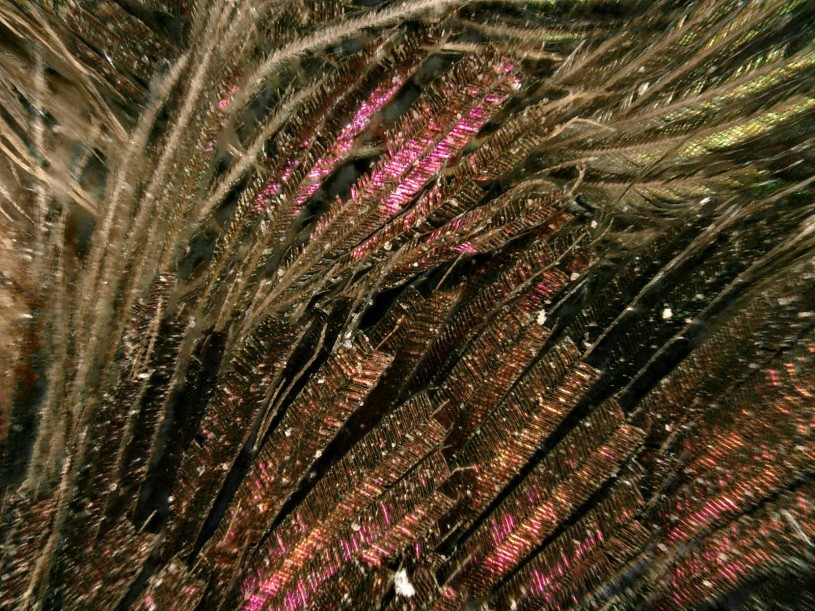
image by Allison Shultz
Figuring out how their colorful feathers impact their lives is a different facet, but understanding both is key. For example, a recent study of flame-rumped tanagers found that the interplay of microstructures impacted their colors more than a healthy diet, upending previously held understanding of their colors. “This study showed that microstructure is at the frontier of our understanding of color, and highlighted how important it is and what the ramifications are of an untapped field.”
Are the strikingly red, yellow, and orange using their fiery hues to attract mates, or do their feathers’ colors—created with microstructures that also enhance their super black colorations—impact another aspect of their lives, like regulating body temperature? Their eye-catching plumage is so much more than decoration. As habitats shrink and climates continue to warm, understanding the why and how of colorful bird feathers could help us better protect them into the future.
